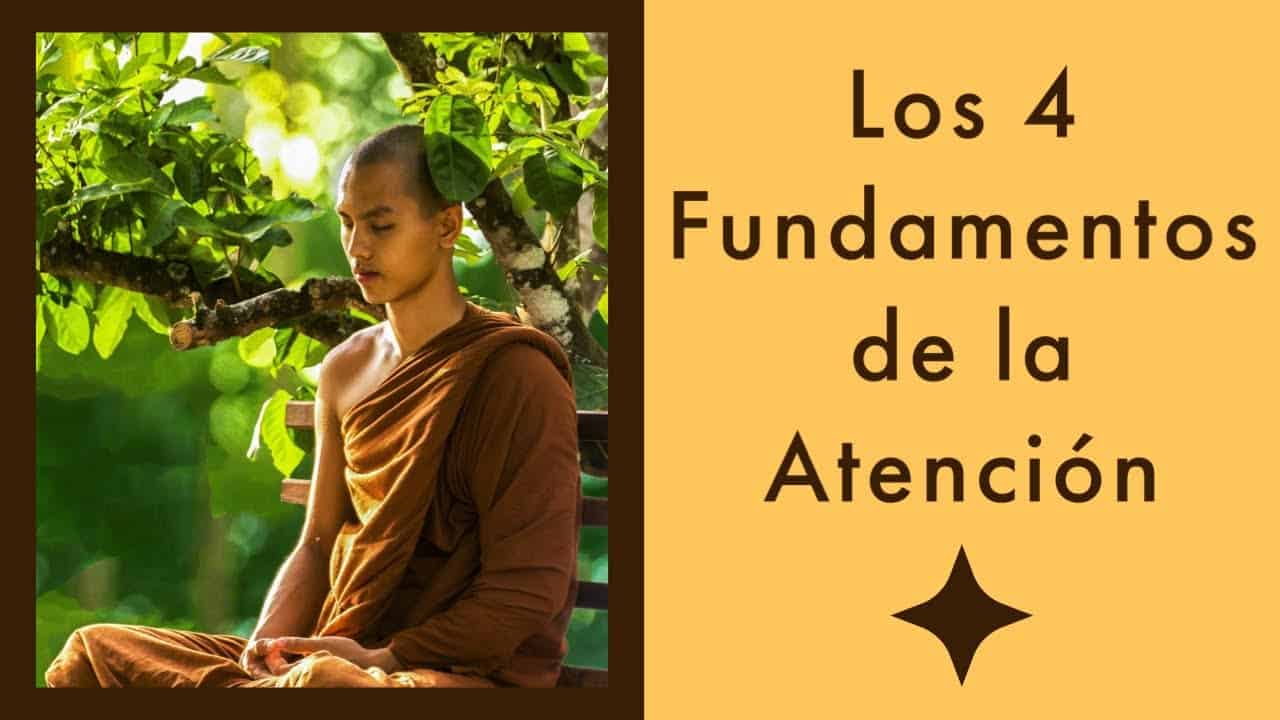Three jewels according to the fundamental vehicle
03 Following in the Buddha's Footsteps
Part of an ongoing series of teachings based on the book Following in the Buddha's Footsteps, the fourth volume in The Library of Wisdom and Compassion series by His Holiness the Dalai Lama and Venerable Thubten Chodron.
- General description of the three jewels
- Verses from Jewel sutra describing the qualities of buddha, dharma and sangha
- True paths and true cessations
- Dependent origination and nirvana
- Four pairs of approachers and abiders
- Four qualities of nirvana
- Supermundane concentration
- Four pairs of sangha and fetters eliminated
03 Three Jewels According to the Fundamental Vehicle(download)
Contemplation points
- Spend some time with the phrases from the Pali verses throughout this section of the text (The Three Jewels according to the Fundamental Vehicle), like “pure one with ocean-deep compassion,” “lamp that illuminates the path,” and “seers of true peace,” etc. Really think about the meanings of these different words and phrases and what it says about the Buddha, Dharma, and Sangha. How does it inspire your mind to think of the Three Jewels in this way?
- Nirvana is 1) the destruction of craving, 2) dispassion because it is the absence of attachment, desire, greed, and lust, 3) deathless because it is free from repeated birth, agining, sickness and death in samsara, and 4) sublime (supreme, never-ending, inexhaustible). Consider each of these and what it might be like to attain them. The text describes it as the “cooling” of all afflictive states, like “diving into a pool of cold water” on a hot day. Take time to imagine this.
- Create a chart for the four pairs of Sangha according to the Fundamental Vehicle. What has each abandoned and attained at that stage of the path? What are they still susceptible to / what still needs to be abandoned?
Venerable Thubten Chodron
Venerable Chodron emphasizes the practical application of Buddha’s teachings in our daily lives and is especially skilled at explaining them in ways easily understood and practiced by Westerners. She is well known for her warm, humorous, and lucid teachings. She was ordained as a Buddhist nun in 1977 by Kyabje Ling Rinpoche in Dharamsala, India, and in 1986 she received bhikshuni (full) ordination in Taiwan. Read her full bio.


